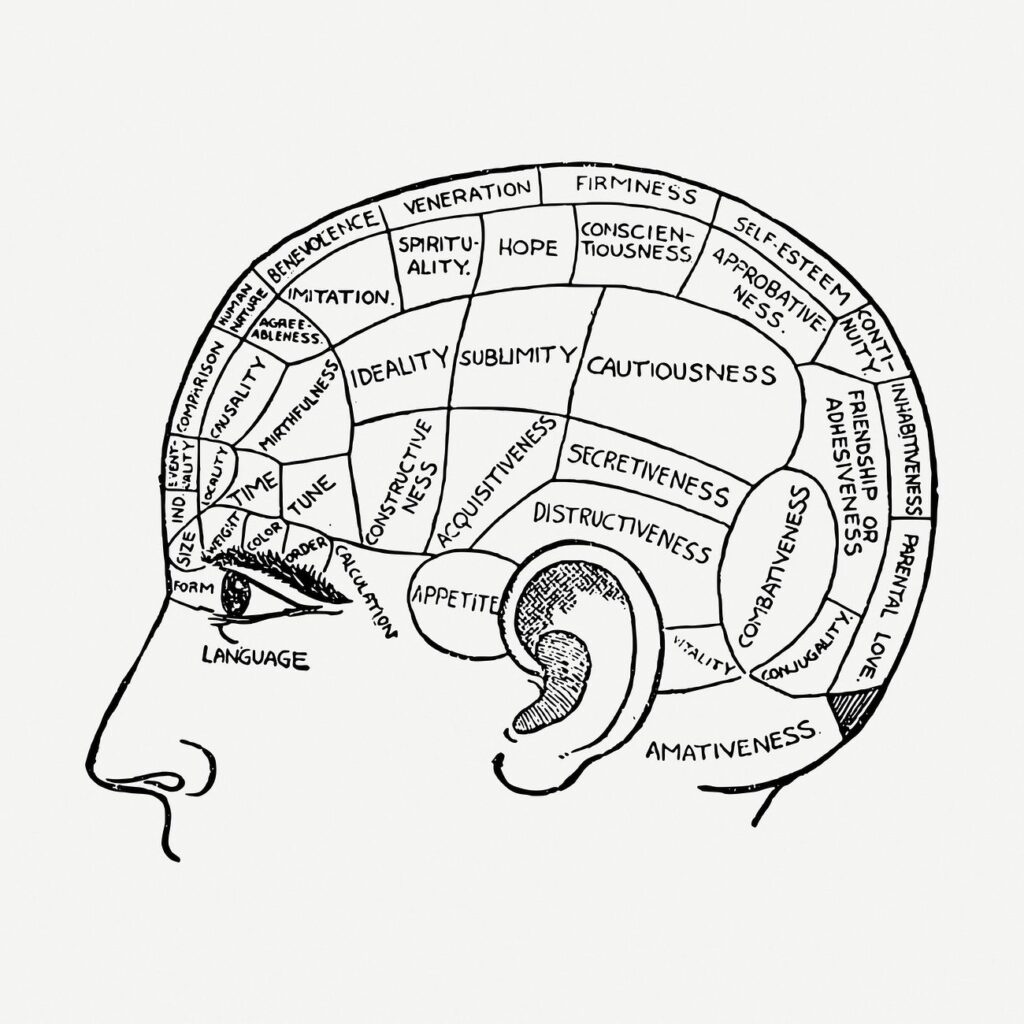
In modern marketing, where the battle for consumer attention is fierce and unending, creative agencies, are perpetually seeking innovative ways to connect with audiences. Among the powerful tools at their disposal is neuromarketing, a field that delves deep into understanding the subconscious influences that shape consumer behaviour. Neuromarketing has redefined the landscape of advertising, bringing science and strategy together to create compelling campaigns that resonate with the human mind in ways we are only beginning to fathom.
At its core, neuromarketing seeks to decode how our brains respond to various stimuli – colours, visuals, sounds, and narratives – and how these responses can be harnessed to evoke desired reactions. This knowledge has been ingeniously employed by creative agencies to craft campaigns that linger in our memories. Take, for instance, the globally renowned Coca-Cola logo. The signature red and white colours trigger emotions of happiness, nostalgia, and refreshment. These associations are not merely coincidental; they are meticulously crafted to tap into our subconscious desires.
In the age of digital dominance, social media agencies have become adept at leveraging neuromarketing techniques. Consider Facebook’s “Like” button, a seemingly innocuous feature that has profound psychological implications. This tiny thumbs-up icon taps into our innate need for validation and belonging. Every time we receive a like, our brain releases a small dose of dopamine, creating a sense of pleasure. Social media platforms ingeniously transform user engagement into a rewarding experience, encouraging us to stay hooked.
Brands like Apple have mastered the art of storytelling to create a bond with consumers on a deeper level. Their advertisements often focus on experiences rather than just products, evoking emotions and narratives that resonate with our subconscious desires. Through elegant visuals and carefully chosen words, Apple has cultivated a brand identity that signifies innovation, sophistication, and creativity. The success of their approach lies in their understanding of how our brains latch onto stories, creating lasting connections that extend beyond the realm of commerce.
Familiarity is another key factor that neuromarketing exploits. Research suggests that our brains prefer familiar stimuli, associating them with safety and reliability. Best digital marketing agencies use this principle to their advantage when designing ad campaigns. McDonald’s, for instance, consistently employs its golden arches logo and jingle in advertisements. The repeated exposure to these elements strengthens the brand’s presence in our minds, making us more likely to choose it over unfamiliar options.
To truly grasp the nuances of neuromarketing, it’s worth exploring resources that delve into its intricacies. Martin Lindstrom’s “Buyology: Truth and Lies About Why We Buy” is a pioneering work that uncovers the subconscious triggers behind consumer behaviour. Lindstrom’s research involves neuroimaging and psychological studies that unveil how our brains respond to various marketing strategies.
Roger Dooley’s “Brainfluence: 100 Ways to Persuade and Convince Consumers with Neuromarketing” offers actionable insights for marketers looking to tap into the subconscious minds of consumers. The book provides a comprehensive toolkit of strategies that range from sensory cues to the psychology of pricing.
As technology advances and our understanding of the human brain deepens, neuromarketing is poised to revolutionize the way we engage with brands. Imagine advertisements that can adjust their content in real-time based on the viewer’s emotional responses, or products designed with an innate understanding of our desires. Creative agencies, social media agencies, and the best digital marketing agencies will continue to collaborate with neuroscientists and psychologists to create campaigns that truly resonate with our subconscious selves.
Neuromarketing stands as a testament to the fusion of science and creativity. By unravelling the mysteries of our subconscious influences, marketers are able to craft campaigns that evoke emotions, trigger memories, and drive purchasing decisions. The power of colours, the art of storytelling, and the allure of familiarity are harnessed to create experiences that linger in our minds long after the advertisements have faded away. As we continue to explore this fascinating field, brands will forge even stronger connections with consumers, changing the way we perceive and respond to the world of advertising.